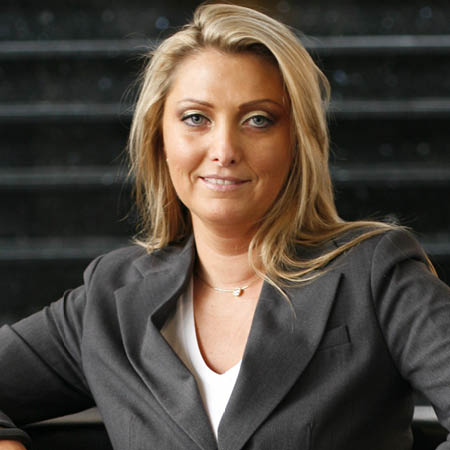Equipped with a Masters in Law, Esmeralda Peleman, CEO of Unibind, originally wanted to be a lawyer when she finished school. It was her father who convinced her to try working for the family business before stepping out on her own, and Esmeralda hasnt looked back since. I started first in sales in 19981999. In January 1999, we took over the distribution in the Netherlands, so I was involved in the takeover and I was going to Holland twice a week because I was responsible for that region, making sure the continuation would be successful and learning more about the back office. I was always helping in the company, even as a child. The factory was next to our house, so every time I was out of school, I spent a lot of time over there.
When I started here officially, I was in charge of local sales in Benelux. We had quite ambitious growth plans around 2001, so we really had to expand and recruit some people, because we were here in Belgium with fewer than 50 people. One of the important things that we had to set up was HR and recruitment, so I became responsible for HR and I implemented the HR plan. I made things more professionalthe recruitment, the salaries, all these things.
I did that until 2004, and then we were taking some subsidiary and starting up our own distribution channels in some countries, so I took over all European sales, which was my first time as CEO of Unibind Europe. Then in 2007, I took over the production plant here because we were growing and so was the position. So in 2007 I was CEO of the plant in Belgium and responsible for Europe, Asia, and Africa.
Esmeralda set about changing the mentality of staff and the business from an office focus to a customer focus, which soon led to the development of a major client for Unibind. My sister, co-CEO of Unibind, has been living in the US for 15 years, and in 2006 she closed a contract with Apple to make the books for them. Steve Jobs himself chose our cover and to work with us. That was a huge change of mentality, meaning we had a huge customer telling us which material we had to use, how the cover had to look, how it had to be packed, and where it had to be delivered. So going from make to warehouse, or stock, we had to produce made-to-order and fully customised goods, and that was a huge change.



